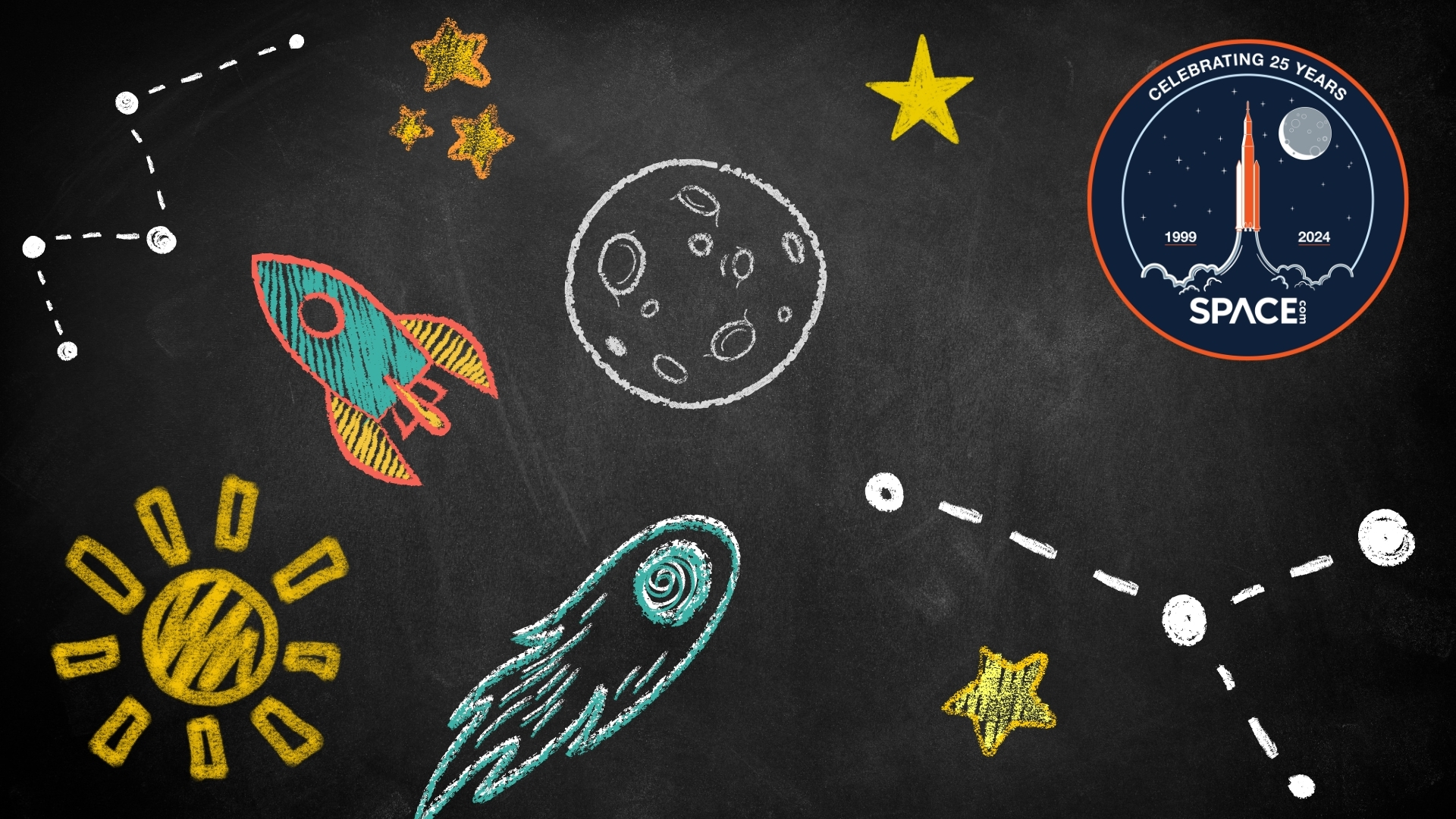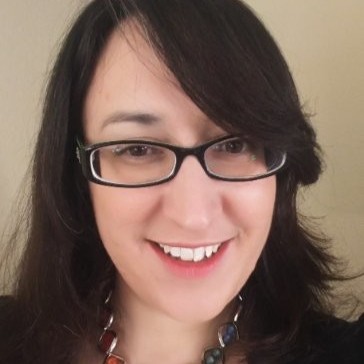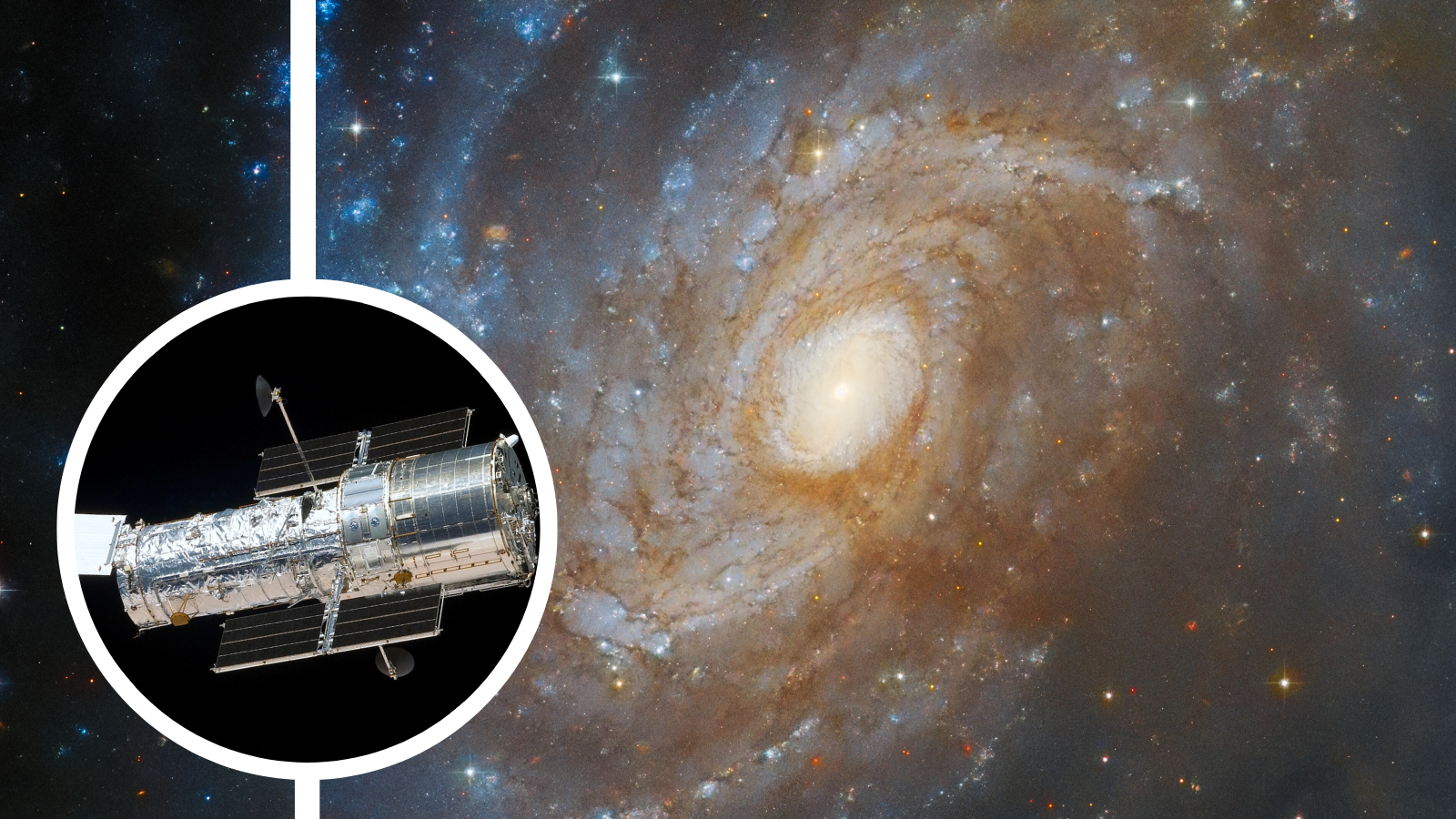Learn about Space with these awesome NASA education videos
Want to whip-up a moon-like crater? Or how about making your own comet? Read on to find out how.

Many of us learned science from textbooks. We would read, listen to the teacher, and answer the comprehension questions at the end of the section.
If only students knew that real science is nothing like this!
If you want to get a better idea of what it's like to be a scientist or engineer, look at how young children learn. Children under 5 master new activities through play-based learning. They experiment, poke, take things apart, build things up, and study cause and effect.
Here's some good news: play-based learning is not limited to young kids. Older children, and even adults, can learn through play! Engineers and scientists solve problems through "play" all the time — they come up with creative designs, experiment, and even try crazy things! Doing science this way is a lot of fun!
Related: Whip up a moon-like crater
In this spirit, NASA's Jet Propulsion Laboratory has a huge collection of videos and experiments for kids of all ages to learn about space. These experiments not only act as good boredom-busters but can teach some pretty cool concepts in different ways.
For young kids, perhaps start with "Whip up a moon-like crater". This experiment combines elements of sandbox play and cooking. It also smells really good! In the meantime, kids are learning about cause and effect and how different properties of a meteor impact — from the size of the meteor to speed to the angle of collision — affect the properties of the crater.
Get the Space.com Newsletter
Breaking space news, the latest updates on rocket launches, skywatching events and more!
Maybe your kid is more into art. NASA has you covered. Kids can follow along with "How to make a comet". This is an art project that teaches kids about the parts of a comet and how they are formed. Kids that are into storytelling may enjoy "Inflatable planetarium — Stories in the sky", where not only can you create your own planetarium, but you can come up with your own constellation and sky story.
That's what is great about these projects from NASA. They include elements of not only science and engineering, but art, anthropology, and logic.
Ota Lutz is the K-12 education manager for NASA's Jet Propulsion Laboratory. "I love teaching integrated learning because that is how we do things in the real world," she says. "STEM subjects seem to intimidate a lot of kids. Kids start out naturally curious, like scientists, but somewhere in their environment, something happened... and someone didn't say 'try again'." Just like painting, writing, or reading, we can get better at STEM subjects through practice.
This year's eclipse had many people very excited about our sun and moon. In "How to recreate a solar eclipse", students can learn why we have solar eclipses — and we don't have them every month.
Another great experimental project that kids can try is making various types of rockets in "All about rockets". These projects vary in difficulty and complexity, but all of them allow students to experiment with changing various elements. Kids can see what will happen if they change the shape of the fins or nose cone, launch angle, or material the rocket is built out of. Just like engineers, kids can experiment to optimize their rockets.
Unstructured learning like this can be very successful. While learning at their own pace, the lessons children learn stay with them. "If parents are encouraging their kids to try stuff and giving the kids a little bit of agency in their learning, it's so powerful," Lutz says.
Join our Space Forums to keep talking space on the latest missions, night sky and more! And if you have a news tip, correction or comment, let us know at: community@space.com.
Elizabeth is a freelance science writer. She has a Ph.D. in astrophysics from the University of Texas at Austin and has worked with telescopes all around the world and in space. Now she writes on astronomy, physics, geology, mathematics, and science and technology in society.










